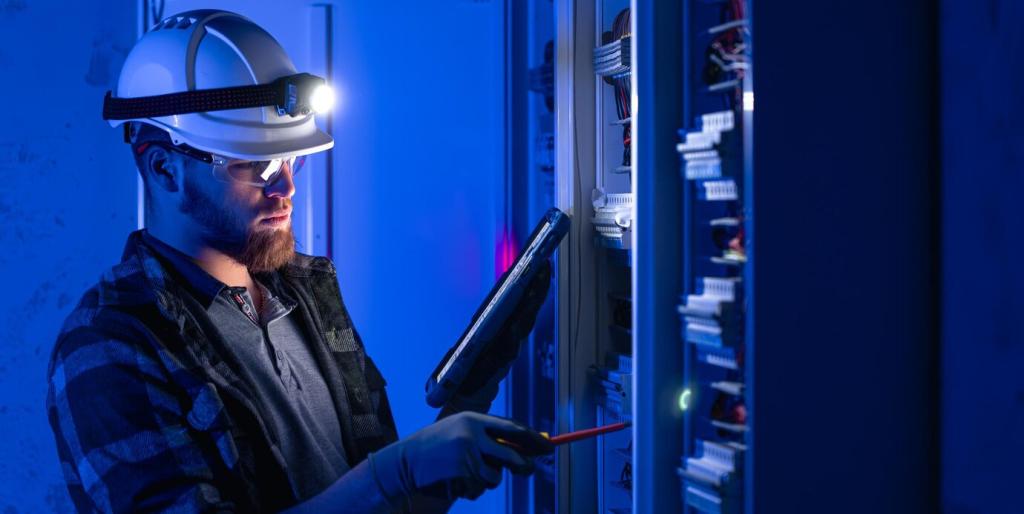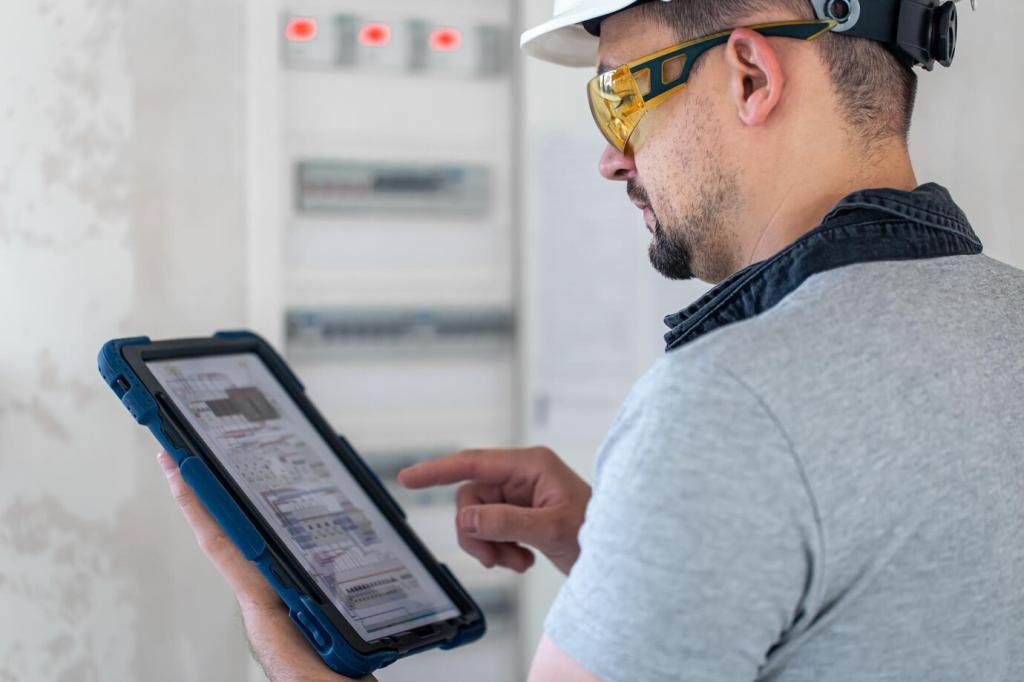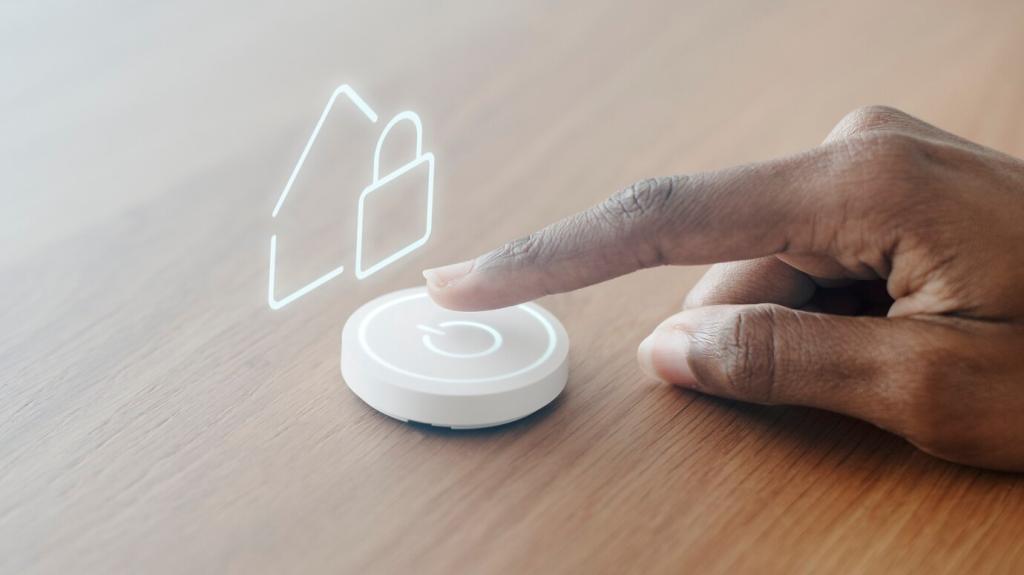Common Mistakes to Avoid When Installing Safes



Underestimating Structure and Hidden Utilities
Attaching to drywall or thin sheathing invites failure. Find studs, add cross-bracing if necessary, or select a floor mount. If wall-mounting, verify real lumber, not crumbling old plaster. Share your reinforcement strategies so readers avoid relying on hollow space and thin veneer for serious security.
Underestimating Structure and Hidden Utilities
Radiant heat tubes, electrical conduit, and plumbing can run exactly where you plan to drill. Use stud finders with AC detection, thermal cameras, or inspection borescopes. When in doubt, open a small access panel and look. Comment with any detection tools you trust for safe, accurate scanning.
Underestimating Structure and Hidden Utilities
Anchoring into subfloor alone can be weak. Identify joist direction, use blocking or sistering where needed, and align fasteners with solid members. Corner locations near foundation walls often offer better load paths. Ask questions below if you want guidance tailoring support to your specific floor structure.
Forgetting Ergonomics and Clearance
Door swing and hinge interference
Measure the full door sweep, handle projection, and hinge side. Test with a cardboard mock-up before drilling. Avoid walls and furniture that block the last inches of travel. Right- or left-hinge choices matter more than you think. Tell us which swing you picked and how it changed your layout.
Comfortable height and reach
Shelves too high or too low cause drops and dings. Position combination dials, keypads, and shelves where you can see clearly without tiptoeing or kneeling. Install interior lighting or motion LEDs. Share your favorite ergonomic upgrades, and subscribe for our upcoming checklist on ideal shelf spacing.
Plan for emergencies and egress
Ensure the safe doesn’t block hallways or fire exits when the door is open. Keep an unobstructed path for quick access under stress. Consider glow-in-the-dark markers for dials and keys. Comment with your emergency layout tips so others can adapt them to their home’s unique flow.



Overlooking Moisture, Fire, and Contents Protection
Use desiccant packs or a dehumidifier rod, and verify with a hygrometer aiming for around 40–50% relative humidity. Seal penetrations neatly and avoid placing safes against damp exterior walls. What climate are you battling? Comment and trade tips for keeping rust and mildew far away.


Overlooking Moisture, Fire, and Contents Protection
A sticker that says “30 minutes” is not a guarantee. Learn the difference between marketing claims and standards like UL 72. Paper tolerates higher temps than digital media. Consider fire bags for documents and dedicated media protection. Subscribe for our deep dive on ratings and realistic expectations.
Neglecting Security Layers, Camouflage, and Privacy
Pair your safe with a monitored alarm, door contact sensor, or tilt sensor. Consider a motion camera with privacy zones. Silent alerts can notify you before a break-in progresses. What sensors fit your setup? Comment, and we’ll share wiring-friendly mounting ideas that keep installers guessing.
Neglecting Security Layers, Camouflage, and Privacy
Blend the safe into cabinetry, a closet false wall, or a utility corner. Use a cheap decoy safe with nothing critical inside to burn thief time. Tell us your favorite concealment concepts—describe the idea without revealing your exact location for smart privacy.


